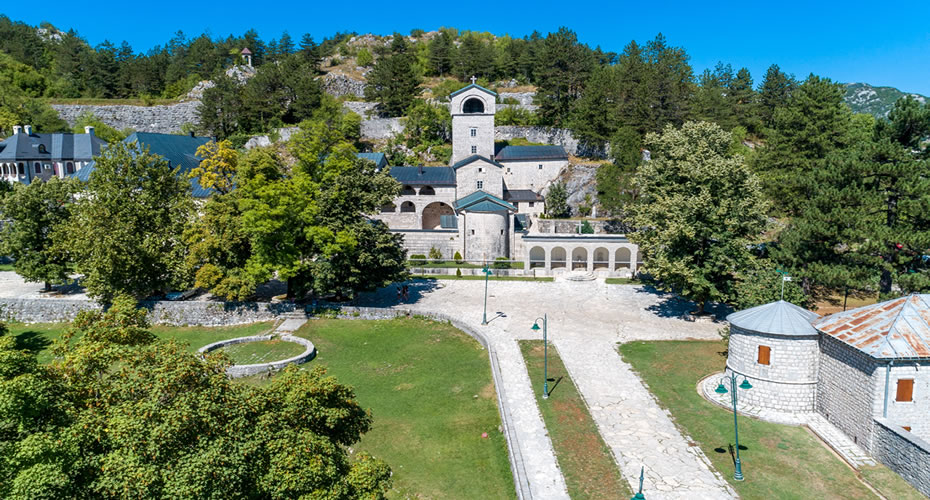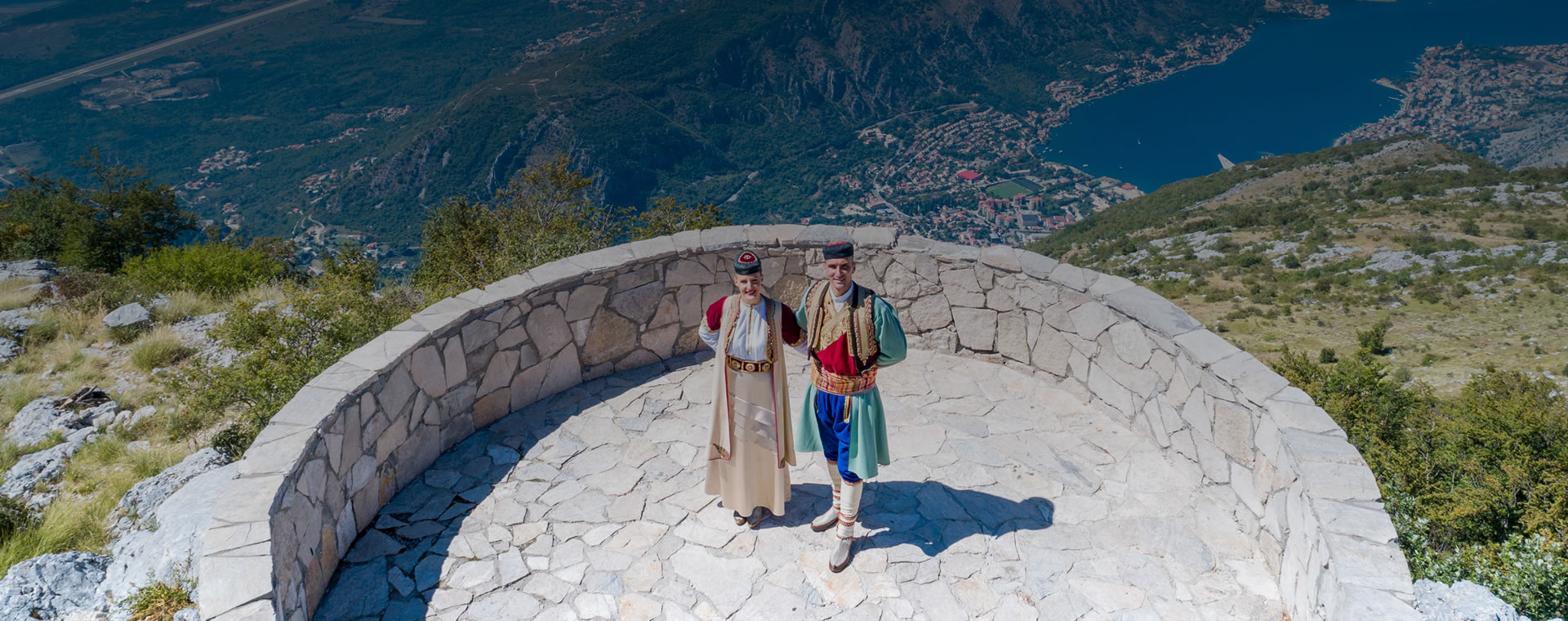
24 Jan St. Peter Monastery
St. Peter Monastery (Manastir Svetog Petra) in Cetinje is a place of profound spiritual significance, standing as a serene testament to Montenegro’s rich religious heritage and its enduring connection to the land. Nestled in the heart of Cetinje, the historical capital of Montenegro, this monastery offers visitors not only a glimpse into the country’s Orthodox Christian traditions but also a deep sense of peace, reverence, and history.
The monastery was founded in the 18th century by the famous Bishop and ruler Petar II Petrović Njegoš, whose legacy is woven into the very fabric of Montenegro’s identity. Its location, at the foot of the towering mountains that surround Cetinje, adds to its spiritual allure. Here, the quiet hum of nature—the rustling of trees and the whisper of the wind through the valleys—creates an atmosphere that is at once sacred and serene.
The architecture of St. Peter Monastery is a reflection of its solemn purpose. The building, with its simple yet elegant design, is constructed of local stone, blending harmoniously with the natural landscape. Its whitewashed walls stand as a symbol of purity, while the small bell tower reaches gently into the sky, casting its soft chime over the surrounding area. Inside, the monastery exudes a quiet, contemplative atmosphere. The church is adorned with beautiful icons and frescoes, many of which were painted by renowned artists of the time, depicting scenes from the Bible and the lives of saints. The air inside is thick with the scent of incense, and the silence is broken only by the gentle murmurs of prayer and the soft footsteps of those who come to seek solace.

What makes St. Peter Monastery truly special is not just its architectural beauty or religious importance, but the sense of history that permeates the air. As you walk through the grounds, you are surrounded by the weight of centuries of tradition. This was a place where Montenegro’s rulers came for counsel, where the country’s leaders and people turned for strength, and where moments of great spiritual and political significance were born. The monastery’s library, containing manuscripts and rare texts, is a repository of Montenegro’s intellectual and cultural heritage, preserving the wisdom of the past for future generations.
Beyond its religious and historical significance, the monastery is a place of retreat. The tranquil gardens surrounding the monastery are filled with the scent of blooming flowers and the hum of bees, providing a peaceful sanctuary for reflection and contemplation. The soft rustle of the leaves and the quiet beauty of the surrounding mountains serve as a reminder of the connection between the spiritual and natural worlds in Montenegro.
.


